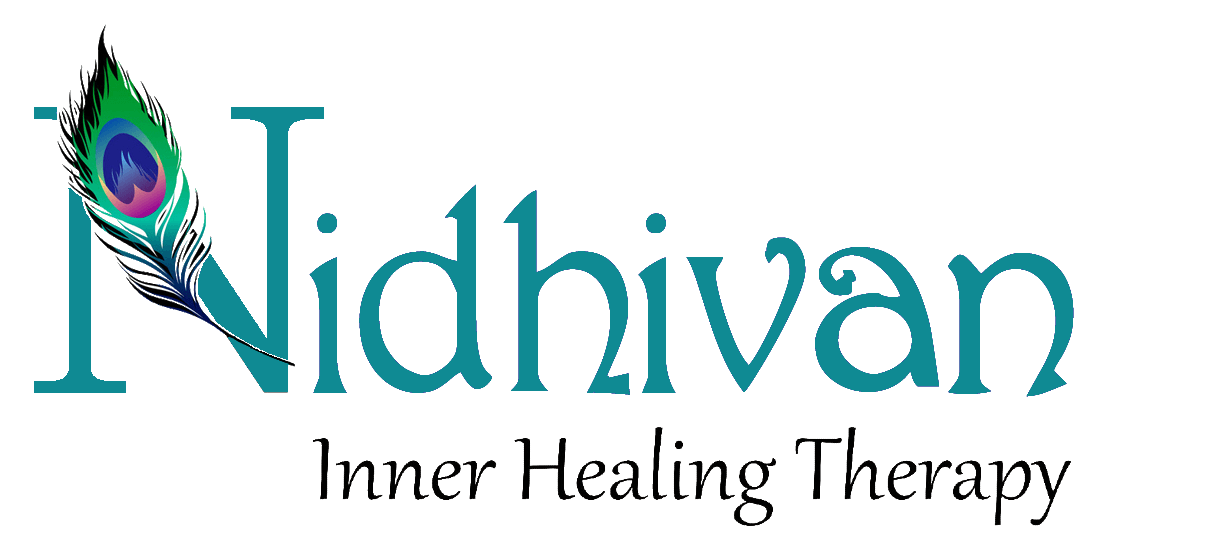DANCE THERAPY

Dance/movement therapy (DMT) is the psychotherapeutic use of movement and dance to support the intellectual, emotional, and motor functions of the body. As a form of expressive therapy, DMT looks at the correlation between movement and emotion.
There is no single fixed type of movement style used within this therapeutic exposure. Programs range from traditional dances like classical dance to more subtle forms of movement like yoga and stretching to calm the body.
Movement in a dance therapy setting is more than just exercise. The actions, fluidity, and movement are interpreted more like a language. People who experience dance therapy utilize movement to communicate conscious and unconscious feelings through dance.
The therapist responds to the movements, assesses body language, nonverbal behaviours and emotional expressions to develop interventions to address the specific needs of the client. Movement is the primary way dance therapists observe, evaluate, and implement therapeutic intervention.
Some of the most important benefits of Dance therapy are:
● Giving People the Ability to Express Emotions. Dance therapy is a great way to express emotions that are sometimes not easily expressed verbally.
● Stress Relief.
● Increased physical fitness and Gross Motor Skills Development.
● Improved confidence and Self-esteem.
● Encourages Creativity and Imagination.
Apart from these, Dancing also bolsters physical and mental health by helping to prevent falls, improve posture and flexibility, lift mood and ease anxiety.
It's also a fun activity that sharpens the mind, increases aerobic power and strength, builds social bonds, and can reduce pain and stiffness.
One of the main reasons people dance is to modify their emotional state; typically, they strive to feel more joy and happiness and to reduce stress and anxiety. Dance Therapy has always emphasized the reciprocal interaction between body and mind, and the ability to regulate emotions via changes in body postures and movements.
This exploration of new movements can evoke novel perceptions and feelings.
It may also facilitate seeing a wider range of possibilities in a given situation. Some new or old movement patterns may evoke repressed material and enhance better understanding of oneself and one’s environment and history.
It is clear that dance has a powerful effect on the human body and psyche.
At NIDHIVAN, we incorporate this beautiful therapy as and when needed after in-depth understanding of the person, his/her likes and dislikes, temperament , duration of the treatment and other important factors.
